A new study suggests that one way to detect extraterrestrial life is to look for signs of terraforming, a hypothetical method of making a planet habitable.
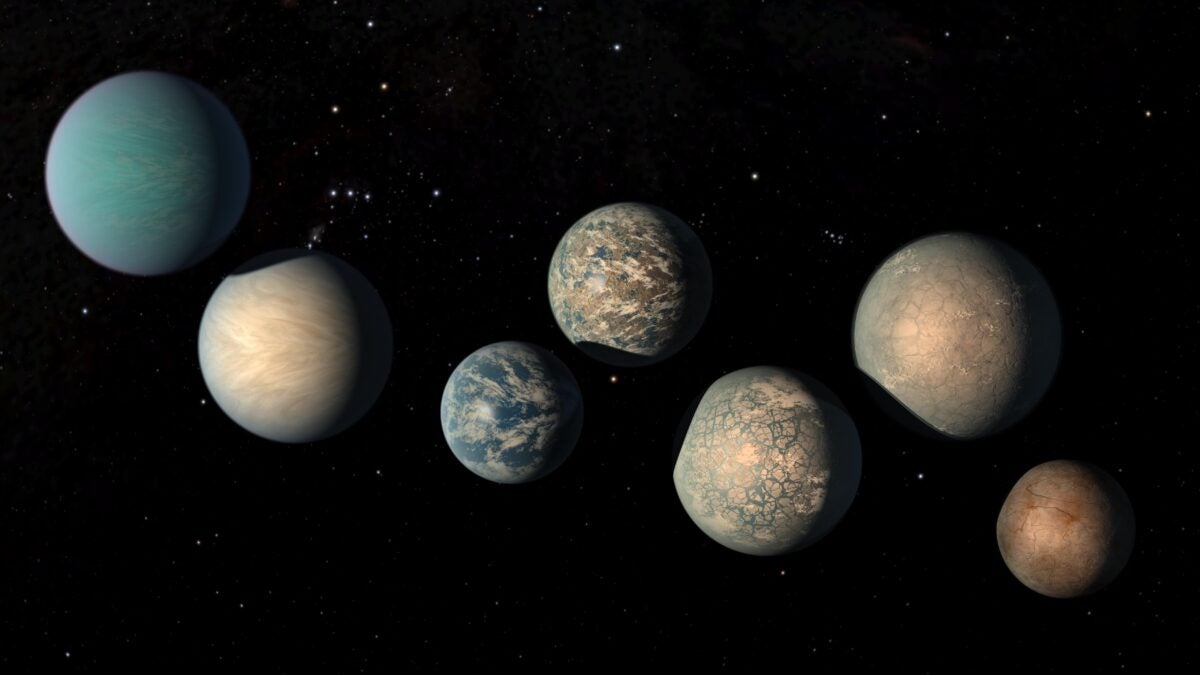
The TRAPPIST-1 exoplanet system. The exoplanets are Earth-sized and terrestrial. Credit: NASA/JPL-Caltech
In a new study published in The astrophysical journal, Astronomers are proposing to look for greenhouse gases in the atmospheres of exoplanets using tools like the James Webb Space Telescope (JWST). But rather than looking for an advanced species suffering the consequences of climate change, such gases could be a sign of something else: terraforming.
Terraforming is a hypothetical concept that involves taking an inhospitable place or planet, such as Venus or Mars, and making it more suitable for life by radically altering its atmosphere or temperature. (Think Total challenge either Star Trek III: The Search for Spock.)
In this case, astronomers suggest that greenhouse gases may have modified a planet that would otherwise be too cold for life as we know it, giving it comparatively more tropical temperatures. Astronomers knew that some civilizations would produce chlorofluorocarbons (CFCs), groups of chemicals that, on Earth, contribute to climate change. They are highly reactive, but also dissipate quickly, so researchers looked for more stable and effective chemicals.
“A long-lived, intelligent civilization can sustain high levels of harmful air pollution only for a short period of time,” said study author Edward W. Schwieterman of the University of California, Riverside. “So we wondered what would be an example of an atmospheric technosignature — a signal of something that can only be produced by technology — where there would be an incentive to maintain such technosignatures for long periods of time.”
Signatures of extraterrestrial life on exoplanets
They focused on a number of fluorocarbons. While CFCs contain hydrogen, carbon, fluorine and chlorine (and are often byproducts of the breakdown of hydrocarbons such as methane or ethane), fluorocarbons are compounds of carbon and fluorine. Unlike CFCs, they can be stable for longer periods of time. In particular, they looked at tetrafluoromethane (CF4), hexafluoroethane (C2F6) and octafluoroporpane (C3F), all of them fluorocarbons, as well as sulfur hexafluoride (SF6) and nitrogen trifluoride (NF3). The last two are potent greenhouse gases that are much more efficient than carbon dioxide.
Moreover, all of these chemicals occur in nature only very rarely, so in most cases they would be a technological signature. Schwieterman says that most are produced at best “at the parts per billion level or below.”
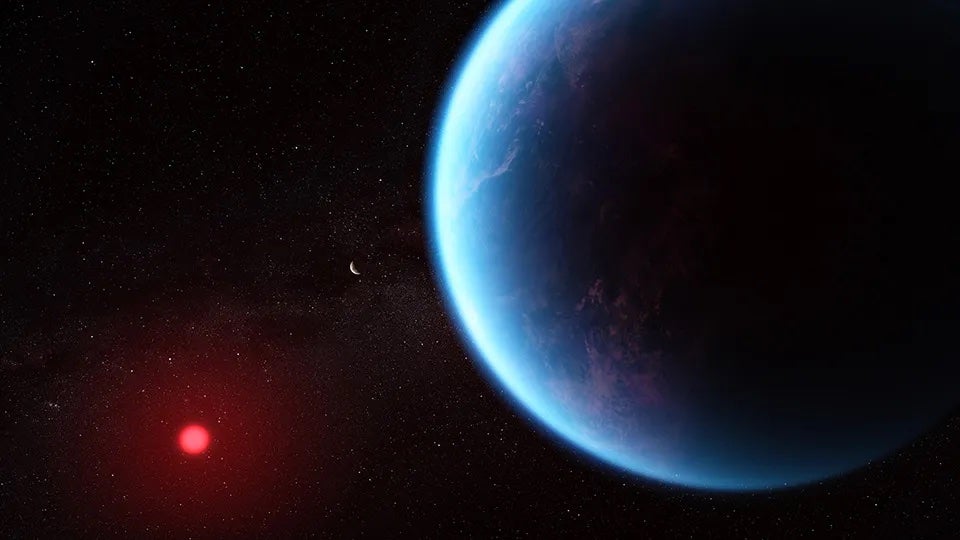
But if we focus on the unknown chemicals, he says we might still be able to figure out whether they were produced by intelligent life. “We would also need to look at the context,” he says. “For example, if the concentration of artificial greenhouse gases was at just the right level to maintain habitable conditions on the surface, it would seem unlikely that this was a coincidence.”
These gases also show up very well in the mid-infrared range, the area of the spectrum that JWST studies. It helps that infrared generally corresponds to heat, so we'd be looking at heat-trapping gases. “Any effective greenhouse gas makes a big spectral impact at infrared wavelengths where JWST is sensitive,” Schwieterman says. He also says that another upcoming mission, the Large European Interferometer for Exoplanets (LIFE), will search the mid-infrared for interesting chemistry on potentially habitable exoplanets.
“Overall detectability also depends on the gas concentration; however, once you reach concentrations of about one to ten parts per million or more, these molecules will stand out more than anything else in the atmosphere,” he says.
This could also mean that planets located slightly outside the habitable zone (the distance from a star where liquid water could exist on the surface) might deserve more attention than we previously thought.







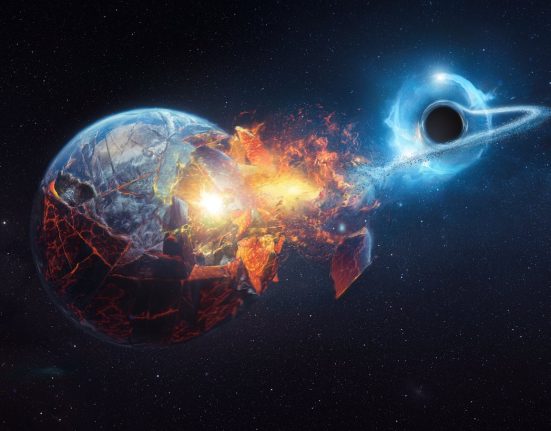

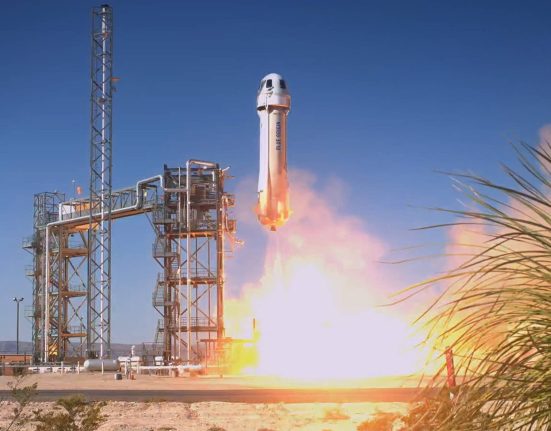
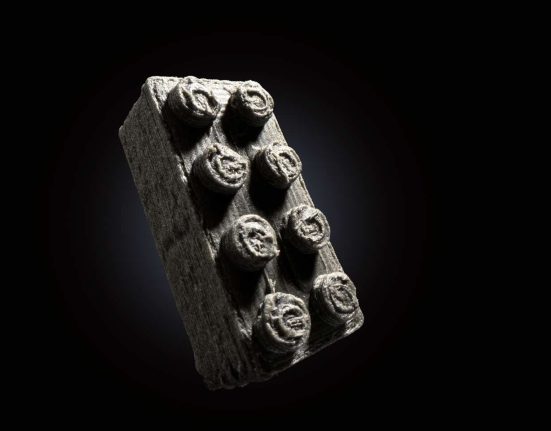
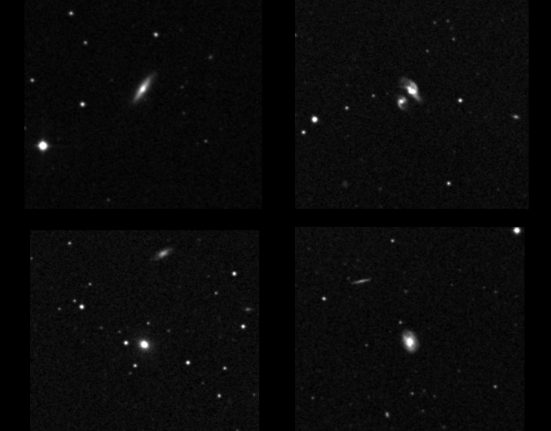
Leave feedback about this